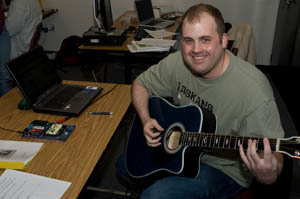

"In this projecct I created a guitar tuner using the input compare function for one of the timers [...] I implemented a comparator circuit [and] used a low pass filter [...] allowing only the fundamental tone to be measured by the input compare."
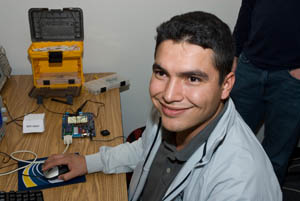
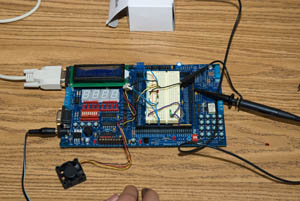
"Among other things, temperature of the aquarium can be a source of stress. There are two major temperature situations that aquarists must avoid. The first is continual improper water temperature. [...] The second temperature situation to avoid is rapid temperature changes.[...] This project focuses on providing a cost effective solution to the above problem. "

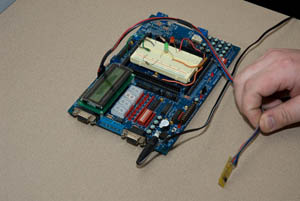
"My final project is a temperature controller using the I2C communication interface. The controller uses [push button] inputs and [LED] outputs connected to the 68HCS12 microcontroller."
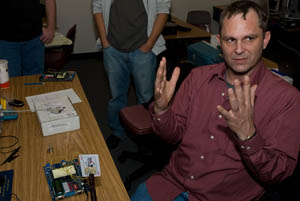

"The standard length of a typical table top level is 24-36" long. [...] This project uses the Dragon 12+ microcontroller board and an external jig as an alternate method for leveling table tops. The result is a package that has a smaller footprint, better resolution, and multi-functional use if the software is installed in EEPROM."

"This project uses an HCS12 Dragon development board and a magnetic stripe card reader as an input. An alarm and an electronic lock are controlled by the output of the microcontroller."
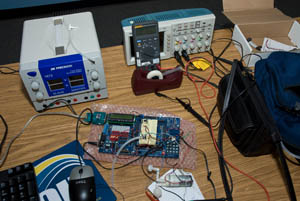
"The project is about measuring pressure from a pressure sensor/transducer which is used for a medical blood pressure monitor."
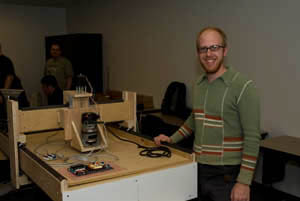
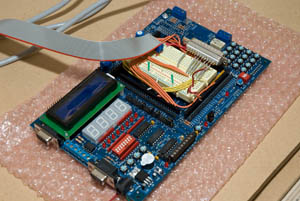
"For this project a complete CNC machine and interface was designed and built using the dragon 12 development board.[...] The objective of this project is to interface a CNC machine with a PC computer running CNC control software."
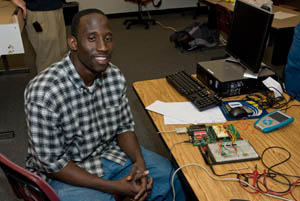

"In this project I will design an analog to digital converter. [It is a flash converter.] The output will be displayed on the seven-segment display of the microcontroller."
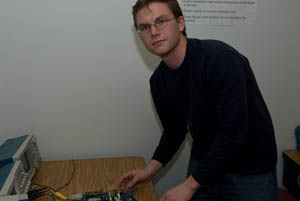
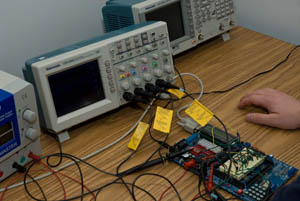
"This instrument will stimulate a voltage through the Digital to Analog Converter (DAC) and measure the resulting voltage with an Analog to Digital Converter (ADC). The Device Under Test (DUT) with be a NPN BJT 2N3904. The ADC will measure the collector and emitter voltages."
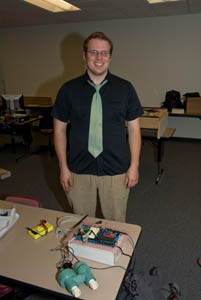

"I decided to interface the microcontroller with a electronic sprinkler valve to have a way to automatically control my sprinkler. I wanted to try a project using C code as it is more commonly used in industry."
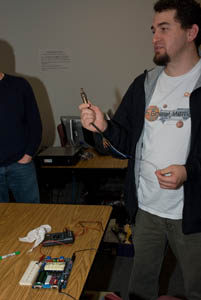

"This project attempts to take the signal from an Oxygen Sensor inside an automobile and illuminate a bank of LED's which coincide with an Air-to-Fuel ratio. The program accomplishes this by using the internal Analog to Digital Converter in the 68HCS12 to take 8 samples of the signal from the O2 sensor. The program then averages the signals and outputs the value in a designated pattern of 10 LED's."
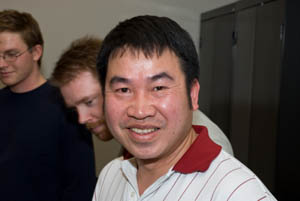

"The purpose of this project was to design a car alarm security system.[...] Real time interrupts and the enhanced capture timer channel 7 were used to implement the design."

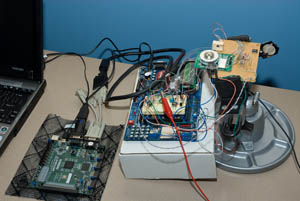
"By switching the light sources from a large, delicate and inefficient bulb to an efficient and robust light source such as laser diodes, the risk of damage to a projection system is significantly reduced. Laser diodes are much more efficient at turning electricity into light, so they run much cooler and, because they produce coherent light, the light spreads slowly and does not require the optics to focus them. These benefits allow the projector to be smaller and much more portable, guarantying to professionals that their presentations are inspiring without being at the mercy of the site facilities, and ensuring families can enjoy their favorite videos wherever, and whenever, they want." Note: I was not able to successfully photograph the projector operating.